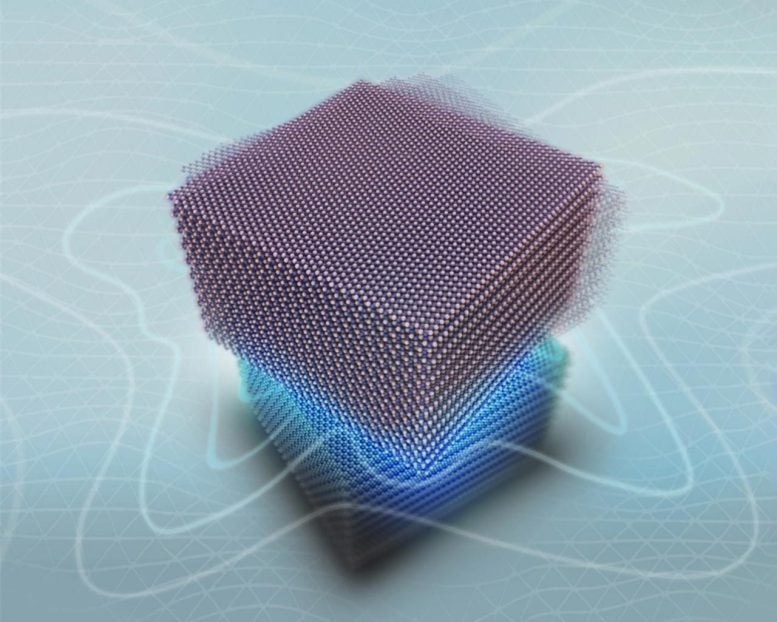
Graphite Butterfly. Researchers have made a significant discovery in graphite, an ancient material. By utilizing van der Waals technology and twistronics, they found new physics in graphite’s structure, particularly a 2.5-dimensional mixing of surface and bulk states. This has led to new insights into controlling electronic properties in 2D and 3D materials. Credit: Prof. Jun Yin (co-author of the paper)
Scientists at The University of Manchester’s National Graphene Institute have discovered new physics in graphite through the application of twistronics, revealing a 2.5-dimensional mixing of surface and bulk states. The research opens new possibilities in controlling electronic properties in both 2D and 3D materials.
Researchers in the National Graphene Institute (NGI) at The University of Manchester have revisited graphite, one of the most ancient materials on Earth, and discovered new physics that has eluded the field for decades.
The Complexity of Graphite
Despite being made entirely of layers of carbon atoms arranged in a honeycomb pattern, natural graphite is not as simple as one may think. The manner in which these atomic layers stack on top of one another can result in different types of graphite. These are characterized by different stacking orders of consecutive atomic planes. The majority of naturally appearing graphite has hexagonal stacking, making it one of the most “ordinary” materials on Earth. The structure of a graphite crystal is a repetitive pattern. This pattern gets disrupted at the surface of the crystal, leading to what’s called ‘surface states’, which are like waves that slowly fade away as you go deeper into the crystal. However, the way that surface states can be tuned in graphite was not well understood.
New Insights Through Twistronics
Van der Waals technology and twistronics (stacking two 2D crystals at a twist angle to tune the properties of the resulting structure to a great extent, because of the moiré pattern formed at their interface) are the two leading fields in 2D materials research. Now, the team of NGI researchers, led by Prof. Artem Mishchenko, is employing the moiré pattern to tune the surface states of graphite, reminiscent of a kaleidoscope with ever-changing pictures as one rotates the lens, revealing the extraordinary new physics behind graphite.
In particular, Prof. Mishchenko expanded the twistronics technique to three-dimensional graphite and found that moiré potential does not just modify the surface states of graphite, but also affects the electronic spectrum of the entire bulk of graphite crystal. Much like the well-known story of The Princess and The Pea, the princess felt the pea right through the twenty mattresses and the twenty eider-down beds. In the case of graphite, the moiré potential at an aligned interface could penetrate through more than 40 atomic graphitic layers.
Observations and Implications
This research, published in a recent issue of the journal Nature, studied the effects of moiré patterns in bulk hexagonal graphite generated by crystallographic alignment with hexagonal boron nitride. The most fascinating result is the observation of a 2.5-dimensional mixing of the surface and bulk states in graphite, which manifests itself in a new type of fractal quantum Hall effect – a 2.5D Hofstadter’s butterfly.
Prof. Artem Mishchenko at The University of Manchester, who has already discovered the 2.5-dimensional quantum Hall effect in graphite said: “Graphite gave rise to the celebrated graphene, but people normally are not interested in this ‘old’ material. And now, even with our accumulated knowledge on graphite of different stacking and alignment orders in the past years, we still found graphite a very attractive system – so much yet to be explored”. Ciaran Mullan, one of the leading authors of the paper, added: “Our work opens up new possibilities for controlling electronic properties by twistronics not only in 2D but also in 3D materials.”
Final Thoughts
Prof. Vladimir Fal’ko, Director of the National Graphene Institute and theoretical physicist at the Department of Physics and Astronomy, added: “The unusual 2.5D quantum Hall effect in graphite arises as the interplay between two quantum physics textbook phenomena – Landau quantization in strong magnetic fields and quantum confinement, leading to yet another new type of quantum effect.”
The same team is now continuing with the graphite research to gain a better understanding of this surprisingly interesting material.
Reference: “Mixing of moiré-surface and bulk states in graphite” by Ciaran Mullan, Sergey Slizovskiy, Jun Yin, Ziwei Wang, Qian Yang, Shuigang Xu, Yaping Yang, Benjamin A. Piot, Sheng Hu, Takashi Taniguchi, Kenji Watanabe, Kostya S. Novoselov, A. K. Geim, Vladimir I. Fal’ko and Artem Mishchenko, 19 July 2023, Nature.
DOI: 10.1038/s41586-023-06264-5

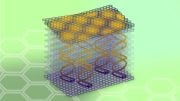


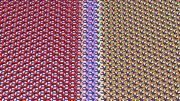

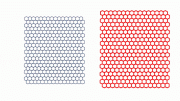
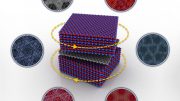
As a scholar, have you ever asked yourself: Why does quantum spin? Where does quantum gravity come from? If we do not understand where quantum gravity comes from, it suggests that our understanding of existing quantum theory is incomplete. Using incomplete theories to speculate on the behavior of two-dimensional matter can easily lead to the quagmire of pseudoscience. According to the theory of topological vortex gravitational field, gravity is the source of all things. Understanding the motion laws of low-dimensional (such as two-dimensional) spatiotemporal matter using a topological vortex gravitational field architecture may broaden your thinking.
“Why does quantum spin?”
Hahahahahahahahaha
It takes a special kind of idiot to write something like that.
It had to be. The universe and everything in it is in motion, from nano seconds to eternity. Sometime too fast for us to see, sometimes too slow for us to witness in our lifetime.
Over the years I’ve often wondered about the different structures of crystals and all the potentials for turning them into a much more advanced tech tools than we’ve currently used them for, (mostly because I engrave Artwork into them and I’m a big sacred Geometry nerd) and before all the breakthroughs with graphite and graphene I often wondered if we could find a way to “Lego” different kinds of crystals together to create solid crystal computers, which also made me think about the “ancient alien” theories that talk about cultures that said their was once an ancient culture that was said to have computers that looks like simple solid rock walls and large bricks, with some made of solid crystal, yet were able to do things far beyond our tech today, but now that this is being talked about it definitely gives a new perspective on my wonderings….